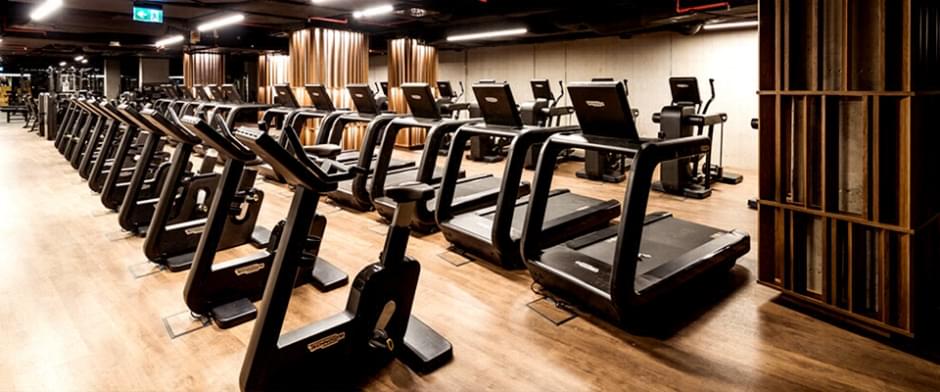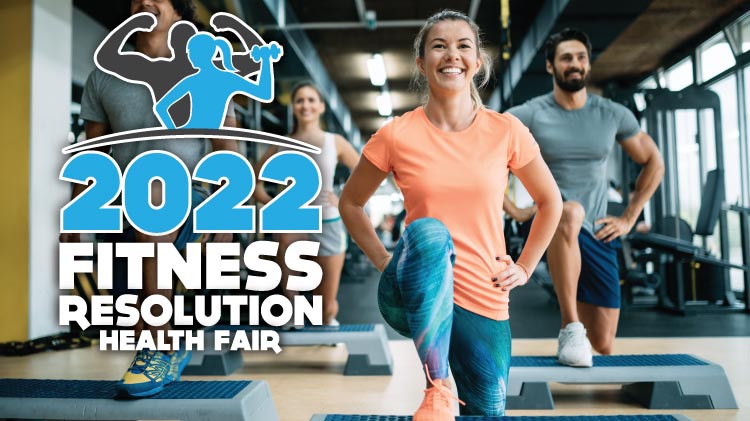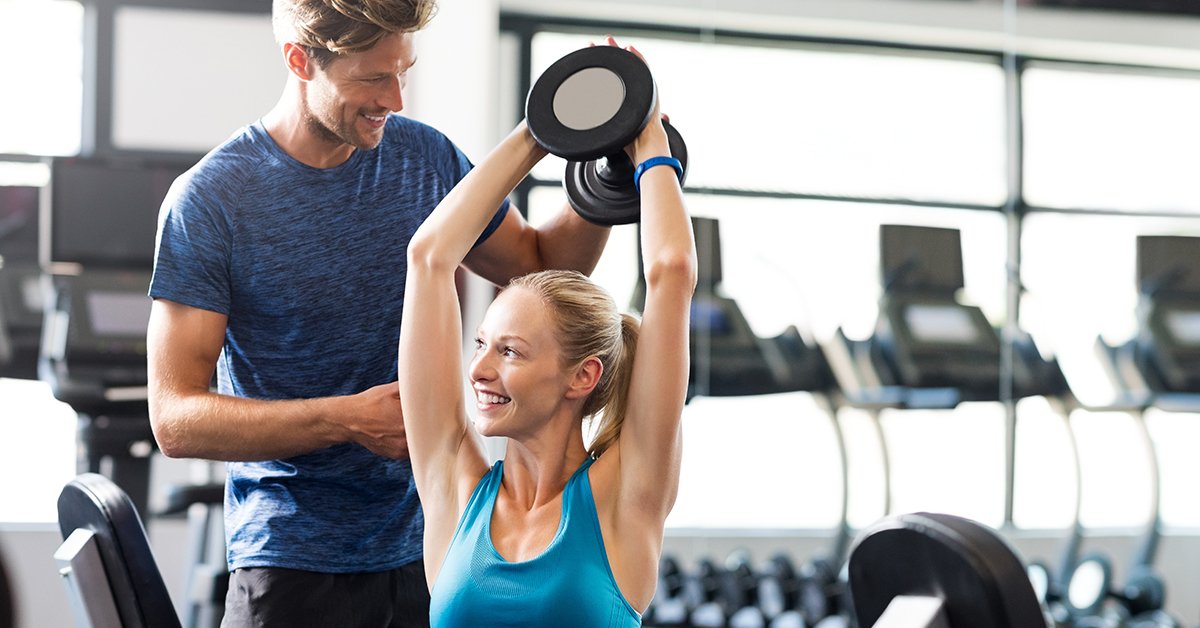
Quadriceps are one the most striking muscle groups of the body. They are essential for building a strong, lower body. This muscle group is a sign of strength and hard work. But, building strong quads takes planning, programming, and time.
Leg press
Both leg presses and squats are great exercises to build leg muscle. The squat requires a wider range and the leg push focuses on the quads. If you're trying to strengthen your leg muscles, it is best to alternate between these two exercises. Alternating between squats with leg presses on different days is the best way to go. Alternating between leg presses and squats can be done in one workout. Your leg muscles will benefit from a variety of workouts.
Leg presses should be performed by starting at the center of the platform. Your feet should be about shoulder-width apart. Now, extend your legs by flexing the knees. Do not lock your knees during leg presses. It puts unnecessary strain upon your knees. Deepen your breath, then take a deep sigh and flex the knees to create a 90-degree angle.
Sissy squat
Sissy squats are a great exercise that targets several muscles at once, but they are most focused on the quadriceps. The quadriceps group is made up of four muscles at the front of the thigh. These muscles control leg extension, movement and motion. They are vital for athletic performance, and they are also used in many other activities. They are also very susceptible to injury, which is why they're important to train properly.

Avoid sissysquats if you have any knee problems. Slowly increasing the amount of exercise is the best way to prevent knee injury. Always keep your knees soft and bend them slowly, and make sure not to lock the joint. If you feel any pain in your knees, you should stop the exercise immediately.
Straight leg raise
Straight leg raises are a common exercise that targets the quadriceps muscle. This strong muscle runs from the front to the hip, above the knee. It works together with the powerful hip flexor, the iliopsoas. As the name implies, hip flexion is performed by the quads. While the iliacus (located on the upper thigh) helps stabilize the hip, it also plays a role in stabilizing the hip.
Straight leg raises can be challenging but not painful. These exercises can be used for diagnostic and therapeutic purposes. When performing these exercises, you must lie on your back, without a pillow underneath your head. The exercise requires you to raise your right leg six feet off the ground and keep your right knee flat. Once you're comfortable with this position, you should lower the weight to the ankle. This exercise can be repeated 10 times.
Dumbbell step-up
Step-up quad exercises using dumbbells focus on the quadriceps. Keep your posture straight and drive through the thigh while doing these exercises. On each side, you should perform eight to twelve repetitions. For more challenging variations, you can use a heavier dumbbell.
Begin by leaning slightly forward. Next, place your weight on your front foot. While you are stepping up, raise your chest and extend the knee. This exercise can be difficult for people who have knee, hip, or ankle problems. Begin with your body weight, and then add dumbbells after you've completed at least 10 repetitions.

Extension of the terminal knee
A terminal knee extension is a simple, repetitive exercise that involves knee extension. This motion is caused by the vastus medielis oblique. It is essential for rehabilitation of the quadriceps group. You can do a number of exercises to strengthen this muscle.
This range often disappears in athletes following injury or surgery. This can make it difficult to regain full knee extension. Physical therapy is an option. An important part of any rehab program is performing exercises to improve knee extension after surgery. People often have limited ranges of motion after an injury to the anterior cruciate, which helps keep the knee stable.
FAQ
Can I eat when I'm working out?
Yes. Yes. Watermelon, grapes (or carrots or celery), watermelon, grapes, apples, bananas or apples are all low-calorie snacks. These foods provide nutrients that improve your performance during exercise.
What happens to me if I don’t sleep enough?
You can't get enough sleep and your brain will not be able to regulate hormones and chemicals responsible for controlling appetite and metabolism. As a result, you may overeat and gain weight. Overeating can also be caused by a lack of sleep.
How exercise and nutrition can help to live a happier life
Exercise can help you lose weight, gain muscle mass and reduce stress. Nutrition is critical for energy and mood. To live longer, you should eat less meat, moderate your alcohol intake, stop smoking, and get regular exercise.
Which Is Most Important: Diet, Exercise, or Sleep?
Your goals will dictate the answer. It is important to lose weight. For building muscle mass, exercise is key. The last factor is sleep, which only impacts how well you perform during your day.
What Does Exercise Do for Your Body?
Exercising helps you lose weight, build muscle mass, increase energy levels, reduce stress, and improve sleep quality. Exercise has many benefits, including improved moods, higher self-esteem, greater productivity, and lower risk of heart disease.
What does Nutrition do for Your Body?
By providing all the nutrients necessary for growth and development, nutrition helps your body function well. To ensure that your body receives adequate nutrition, it is best to eat a balanced meal with lots of fruits and vegetables, lean protein, whole grain, as well as healthy fats.
How many hours should I sleep each night?
The recommended amount of sleep varies depending on age, gender, and individual needs. Adults require 7 to 9 hours sleep per night. Teenagers and children typically need about 10 hours of sleep per night, but this number decreases as they grow older.
Statistics
- Physical activity confers the following maternal and fetal health benefits: a decreased risk of pre-eclampsia, gestational hypertension, gestational diabetes (for example, 30% reduction in risk) (who.int)
- According to the Centers for Disease Control and Prevention, chronic diseases cause 7 out of 10 deaths in the U.S., and treating chronic diseases accounts for 86% of U.S. healthcare costs. (mana.md)
- Adolescent girls were less active than adolescent boys, with 85% vs. 78% not meeting WHO recommendations of at least 60 minutes of moderate to vigorous intensity physical activity per day. (who.int)
- In high-income countries, 26% of men and 35% of women were insufficiently physically active, as compared to 12% of men and 24% of women in low-income countries. (who.int)
External Links
How To
How to Stay Fit at Age 40
This article guides those who want to keep their body healthy and strong even at 40 years old. This article will provide basic advice on eating right, exercising, sleeping well, and taking care of your mental health. This article offers tips for living longer and more healthy lives.
-
Eat Right - The first thing you should do when trying to stay fit is to ensure you're eating the right foods. You should steer clear of processed food products, and eat whole grains and fruits, vegetables, lean proteins, fish, eggs, nuts, seeds, beans and legumes. Do not eat what you don’t like. You can add another food to your daily diet. This will not help you lose weight. Instead, try adding small amounts to your daily meals. Try turkey once a week if you usually only eat chicken breast. If you are a fan of pasta, rice is a good option. Consider including these foods in your daily meals.
-
Exercise - You should exercise at least three days per week. Ensure you include cardio activities such as walking, running, swimming, biking, dancing, etc. Rest is also important. It is recommended that you get at least 8 hours sleep per night. It is important to drink enough water throughout each day. Two liters (0.5 gallons), of water should be consumed each day.
-
Sleep Well - Proper sleep is crucial for staying healthy. According to the National Sleep Foundation, adults require 7-8 hours of sleep daily to maintain optimal physical and emotional health. But most people sleep less than 6 hours per night. If you find that you are constantly tired throughout the day, try making adjustments to your sleeping habits. By changing your sleeping time, you will be able to catch up more sleep. You can also turn off your smartphone before you go to sleep so you can relax and wind down. Avoid caffeine after noon, as it can cause sleeplessness.
-
Take care of your mental well-being - It's important to take good care your mind and keep your body in tip top shape. Stress can lead to unhealthy eating habits, poor lifestyle choices, and poor sleep habits. Stress management techniques such meditation, yoga and breathing exercises are important. You should spend at least one hour each day doing something that you find enjoyable. You could go for a walk, play sports, read a book, listen to music, or watch TV.
These four simple steps will help you live a longer, healthier life. These four steps can help you achieve your fitness and health goals.